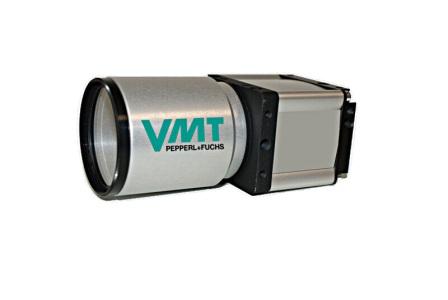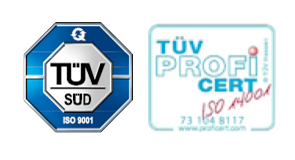VMT Camera Technology - The Eyes of our Systems
In industrial vision or image processing systems, cameras make it possible for machines to see. In doing so, the camera itself is a highly-sensitive light sensor, which transforms the reflecting light of an object that is to be inspected into an image signal. This image signal is transmitted to an analysing PC by means of a standardised camera interface and can be processed by this camera, as indicated already by the term "image processing".
In this regard, the selection of the right camera type plays a crucial role for the realisation of the tasks. Our expert team will determine which camera is the most suitable for your purposes. To this end our camera suppliers provide us with a wide range of diverse camera types and technologies.
Camera Types

- Surface camera with monochrome or colour sensor
- Line camera
- 3D camera
- Intelligent camera
Transmission interface
- GigE (*)
- CameraLink
- USB
- Analogue
(*) Our systems work predominantly with Gigabit Ethernet (GigE) cameras. In this regard we not only make use of all advantages of contemporary network technology, but also of the following:
- No specific hardware such as frame grabber devices is required.
- The technology is derived from mass-produced communication devices (corporate LANs, Internet), is cheap and mature.
- At a transfer rate of approximately 100 Mbyte/s, a high and stable data flow rate is ensured. This makes it possible to operate also more complex multi-camera solutions and to use fast industrial cameras with a higher resolution.
- In addition, greater cable lengths of up to 100m on copper cable basis can be used.
- Due to standardisation, the new GenlCam software standard enhances user-friendliness and facilitates programming and support.
Sensor chips
- CCD
- CMOS
Resolution
- From VGA to MegaPixel
Configuration
- Standard in IP 65 / IP 67 version
- Camera protection lid for rough environments
- EX protection casing for application in explosion-protected areas
The number of cameras deployed in our systems depends on the assignment with which we are faced. Thus it is not unusual that >10 cameras systems are used to record various areas of an object that can be in turn evaluated accordingly.
For the following applications single-camera or multi-camera solutions are used:
- Assembly checks
- Type recognition
- Measurements
- 2D adhesive bead checks
- Plain text reading
- Reading of DMC/bar codes
- 2D robot visual channel
- 3D robot visual channel



